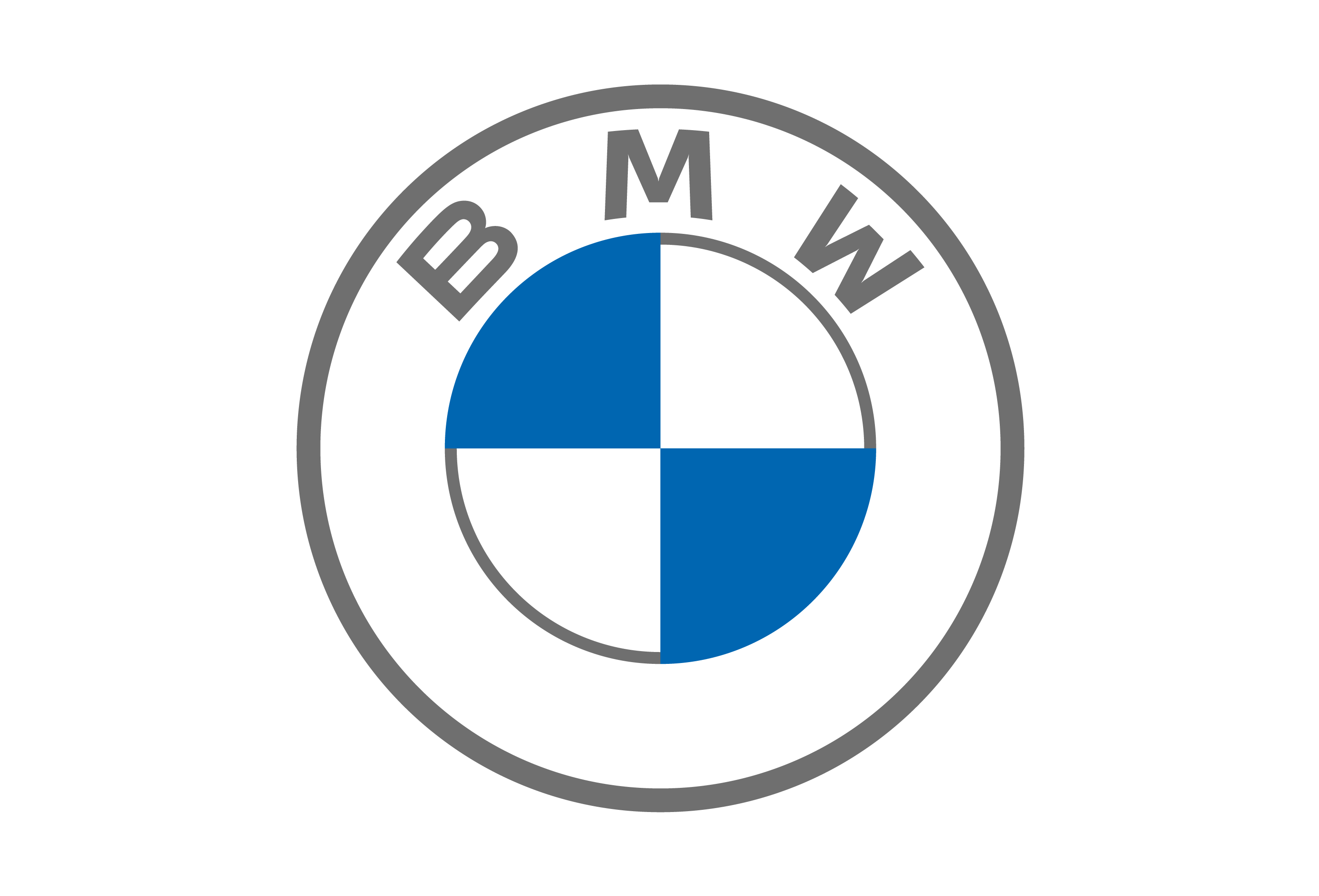5 Killer Quora Answers On Programing Key
페이지 정보

본문
 What Are the Different Types of Codes and How Do They Work?
What Are the Different Types of Codes and How Do They Work?Modern car keys come with unique chips that are unique to each vehicle, in contrast to older keys. This prevents thieves from simply taking the key and then turning on the car.
These keys are typically bought from a dealer or copied by a locksmith. The procedure of the manufacturer differs however, it involves turning the ignition key to the "on" position without activating the vehicle, and then removing the key within the time frame.
Transponder Codes
Like its name suggests, transponders transmit an encoded signal that contains a four-digit number code when it is being questioned by air traffic control. This signal is called the SQUAWK code and forms the basis for identifying aircraft on radar screens. It can also be used to transmit an exact message to the air traffic control system in an emergency situation or to alert controllers of changing weather conditions. Squawk codes are commonly utilized to communicate with ATC in situations where the pilot is unable to speak on the radio, and are very important for safe flying.
Every aircraft has a transponder which responds to radar probes by identifying a code. This enables ATC to locate an aircraft on a busy screen. Transponders can be found in various modes that vary how they respond to questions. Mode A transmits the code only, while mode C includes data on altitude. Mode S transponders offer more details, such as call signs and location that can be helpful in airspace that is crowded.
A common sight is a small beige box that is located under the pilot's seat in most aircraft. The transponder is a small beige box used to transmit the SQUAWK code every time the air traffic control system activates the aircraft. The transponder can be set to the 'ON'' ALT or SBY (standby position) positions.
Air traffic control will typically instruct a pilot to "squawk the ident". This is a command for the pilot to press the IDENT button on their transponder. The ident button causes the aircraft blink on ATC radar screens, allowing them to easily identify your aircraft on the screen.
There are 63 discrete code blocks that can be assigned to an aircraft. However, there are also reserved codes which prevent the use of specific codes in areas of high traffic or during emergencies. The discrete code blocks are configured by statistical analysis to reduce the possibility that two aircrafts with identical SQUAWK codes will be in the same area at the same time.
A transponder key programmers near me has an exclusive chip inside that holds the ID code. If the security light on a car comes on, it means that the ID code of the key doesn't match the one stored in the computer. When this happens, the car's immobilizer will be disabled and it won't start unless another key is used. Pop-A-Lock recommends that customers buy a new transponder keys or have them cut by a professional locksmith.
PIN codes
A PIN code consists of a series of numbers (usually 4 or 6 digits) that are used to gain access to a device or service. A smart phone, for example, has PIN numbers that users has to enter each time they use the device. PIN codes are also used to safeguard ATM or transactions at POS, [1 secure access control (doors computers, doors, cars),[2] computer systems,[3and internet transactions.
While a longer code might seem more secure however, there are ways to guess or hack a PIN code that is as small as four digits. It is recommended that the PIN should be at least six digits long using the combination of letters and numbers to ensure greater security. PIN codes are also required by some OEMs to allow key programmers from aftermarket to prevent them from being used by non-authorized people to collect data from the modules.
VIN Numbers
VIN numbers can be used to identify vehicles and provide a wealth information about them. VIN numbers are unique to each vehicle on earth with the exception of alien cars (or whatever). The 17 numbers of a VIN code are a combination of letters and numbers which can be decoded in order to reveal vital information about your car or truck.
Modern cars are digital libraries that hold many details about their history and specifications. A VIN number is the key to access this data, allowing you to discover everything from whether your car has been subject to recalls to how many times it's had owners change.
Each part of a VIN number consists of a distinct piece of information. The first digit identifies, for instance, what kind of vehicle it is, such an automobile for passengers, a pickup truck, or SUV. The second number is the manufacturer. The third digit is the division of assembly for the car key programming and cutting. The fourth through eighth digits represent the model type, restraint systems type and body type, along with the engine and transmission codes. The ninth digit is the check digit, which helps prevent fraud by verifying that the VIN number isn't altered.
In North America, 10th through 17th numbers of the VIN are referred to as the Vehicle Identification Section (VIS). The tenth number indicates the year of manufacture, while the eleventh digit indicates the assembly plant that made the vehicle. The tenth to seventeenth digits may also contain additional information like features or options that are installed in the vehicle.
The six digits that make up the VIN code are a sequential serial number that is unique to the vehicle or truck. The final digit of the VIN code is also known as the check-digit. The other numbers have been transliterated into numbers. The first digit is assigned a value of 8, and each subsequent digit increases in value by one, until the seventh digit reaches nine, which then becomes two. Then the entire VIN will be reverted back to its original form by multiplying each weight by 11. If the result is the same as the check digit then the VIN will be valid.
Data Transfer
A data transfer is the process of moving information from one location to another. The data can be transferred in many different ways, including digital signals as well as traditional paper documents. Data transfers are also possible between different computer packages as they are called. A data transfer that is efficient requires careful planning and a consideration of the limitations of each program. This may include the need for reformatting, and it is important to keep these concerns in mind when creating an effective plan for data transfer.
A auto key programming near me programmer tool usually permits a technician or an average person to program car key a new transponder for their vehicle. Connecting the tool to the OBD II connector on the vehicle and using it to retrieve the programming data is a simple process. The tool will then recode the transponder to match the code stored in the program car keys, which allows the Programing Key to start and operate the vehicle.
During a data transfer, any errors that occur will be stored in an error stack, which can later be retrieved to assist in troubleshooting. You can set the data transfer to start load processes automatically if they fail for a specific amount of times. This error storage is useful when you want to monitor the performance of a specific application and will help you avoid losing data records that aren't successfully reloaded.
A data transfer process can copy data between persistent objects in SAP BW like a DataSource or the Persistent Staging Area (PSA). It can perform delta transfers, which will only transfer newer data to the destination. This is useful for archiving, or for sharing data between systems that aren't connected otherwise.

